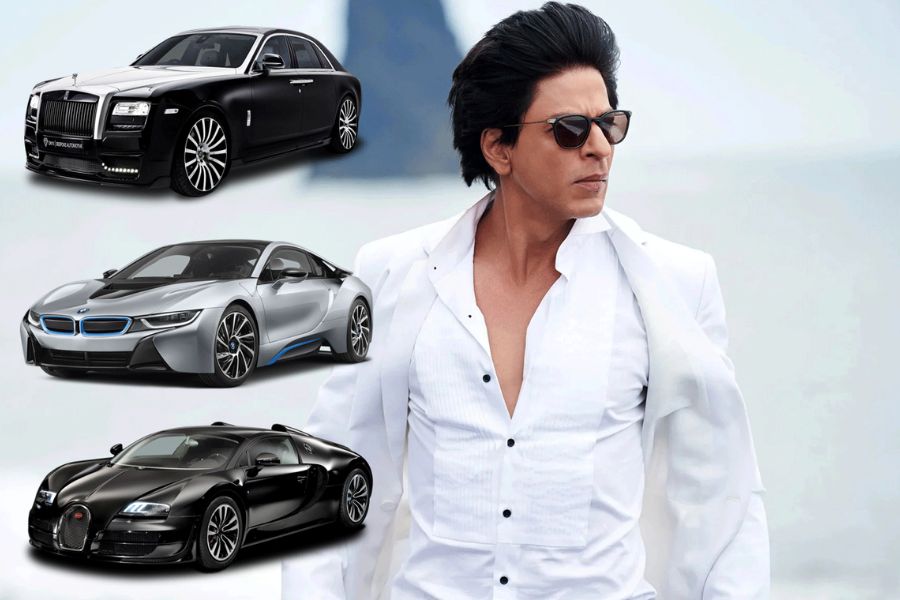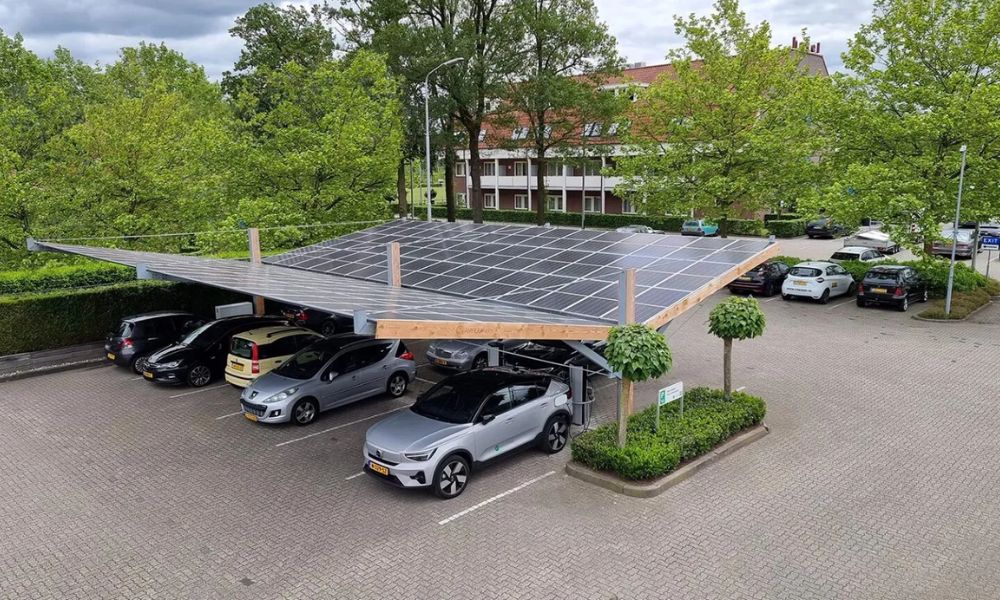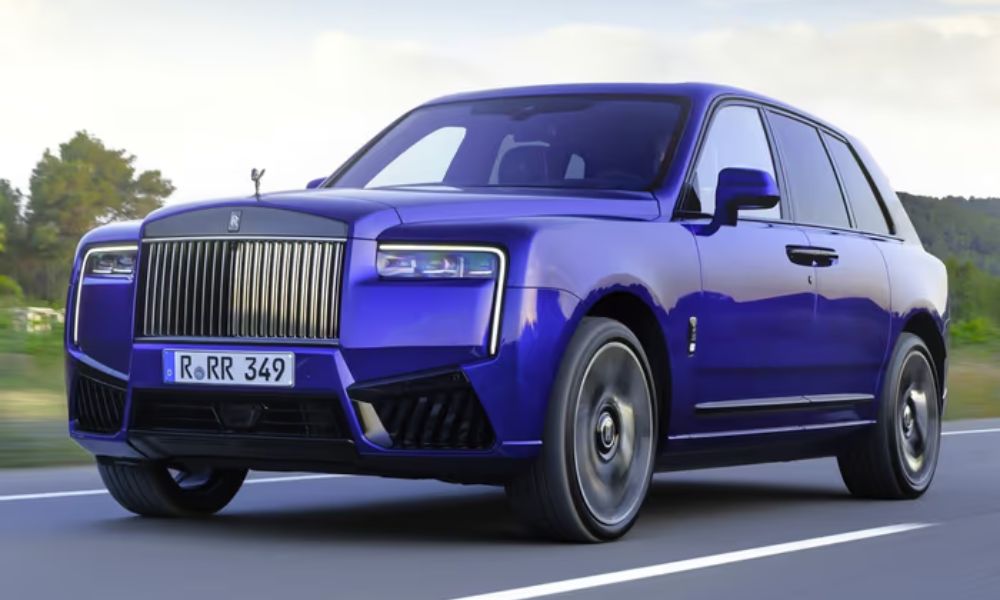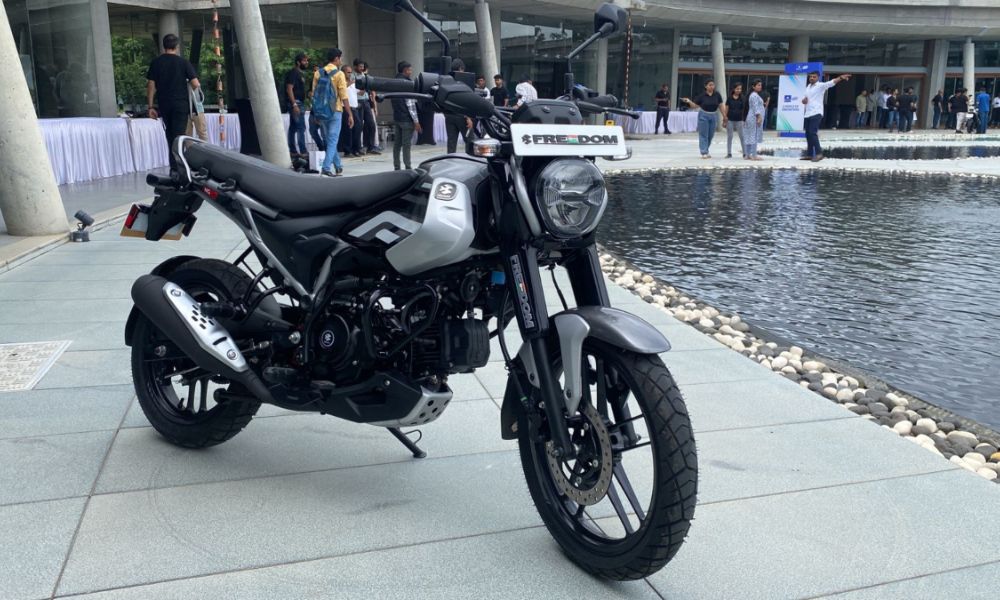A year ago, the BMW iX xDrive40 stood out in the luxury EV SUV segment for its balance of affordability, comfort, and driving pleasure. However, it lagged behind the Mercedes EQE in terms of performance and range. Fast forward to today, and BMW has responded with the xDrive50, featuring a larger battery, more powerful motors, and an extended range. While this upgrade makes the iX50 a more complete package, it also pushes its price to Rs 1.39 crore—matching the EQE SUV.
However, with the introduction of the locally assembled EQS SUV, which is just Rs 2 lakh more than the EQE, the latter is now being offered with dealer-level discounts of up to Rs 25 lakh. This raises the question: do these price cuts make the EQE the smarter choice, or does the improved iX still take the lead? Let’s find out.
Design: Contrasting Personalities
While both SUVs share a price bracket, they couldn’t be more different in terms of aesthetics. The BMW iX embraces a bold, futuristic design that commands attention—its radical styling may not appeal to everyone, but it certainly stands out. In contrast, the Mercedes EQE SUV adopts a more understated approach, with sleek, flowing lines and a compact stance that gives it a crossover-like appeal rather than a traditional SUV presence.
The iX’s muscular, high-riding posture enhances its SUV credentials, whereas the EQE’s refined, aerodynamic design leans more towards elegance. Ultimately, the choice between them depends on whether you prefer a striking, avant-garde look or a sophisticated, subdued presence.
Interior: Tech-Forward Luxury vs Understated Elegance
Stepping inside, the BMW iX continues its bold theme with a high-tech, minimalist cabin. Soft-closing doors, frameless windows, and a mix of champagne-colored and crystalline-effect trims add to the sense of luxury. The curved display and hexagonal steering wheel reinforce its futuristic approach. However, the infotainment system, while feature-packed, is cluttered with menus and submenus, making it less intuitive. Additionally, some physical controls, such as the shortcut buttons around the rotary drive selector, lack a premium feel.
The Mercedes EQE, on the other hand, takes a more traditional luxury route, focusing on opulence and innovation. Its standout feature is the Hyperscreen—a massive, seamless glass panel housing three displays that create a high-tech ambiance. The interface is more user-friendly than the BMW’s, and while the third passenger screen feels like an overindulgence, it adds to the cabin’s high-end appeal. The white interior option looks stunning but requires extra care to maintain.
Comfort and Practicality
Both SUVs offer spacious cabins, but they cater to different needs. The BMW iX provides a commanding driving position with a low-set dashboard and a wide, open-feeling interior. Rear-seat comfort is decent, thanks to a flat floor and generous space, but the low-set bench and upright backrest may not be ideal for long journeys. Additionally, the absence of window blinds detracts from the rear-seat experience.
The EQE, while luxurious, falls short in seating comfort. The rear seats have an angled base and firm cushioning, making them less comfortable than the iX’s. On the plus side, its cabin materials and design exude a high level of craftsmanship.
Surprisingly, neither vehicle offers a front luggage compartment, a common feature in dedicated EVs. Instead, their spare tyres occupy valuable boot space, limiting storage capacity.
Performance & Range: Power vs Efficiency
The BMW iX50’s dual motors produce 523hp and 765Nm, enabling a rapid 0-100 km/h sprint in just 4.46 seconds. However, its aggressive power delivery can feel overly sensitive, requiring a careful foot on the accelerator.
In contrast, the EQE SUV generates 408hp but delivers a substantial 858Nm of torque, providing a smooth yet potent driving experience. Its linear acceleration makes for a more composed and comfortable ride, particularly for passengers.
In terms of efficiency, the EQE’s aerodynamic design helps it achieve 5.3 km/kWh, surpassing the iX’s 4.8 km/kWh. However, BMW’s larger 105.2 kWh battery results in a slightly longer real-world range of 504 km, compared to the EQE’s 480 km.
Ride & Handling: BMW’s Edge
While both vehicles offer impressive road manners, the iX takes the lead in driving dynamics. Despite its size, it feels agile and confidence-inspiring, with sharp handling and superb ride quality. It absorbs road imperfections effortlessly, delivering a plush and luxurious ride.
The EQE, though comfortable, struggles with excessive body movement due to its overly soft suspension setup. At low speeds, it tends to pitch and roll more than ideal, making its ride less composed than the iX’s.
Verdict: Which One to Buy?
The Mercedes EQE’s premium cabin, advanced technology, and attractive discounts make it a compelling option. However, the BMW iX50 raises the bar with superior performance, a longer range, and a more engaging driving experience. While the iX may require a higher investment after considering the EQE’s discounts, its advantages in ride comfort, handling, and overall refinement justify the premium.
For those seeking the ultimate luxury EV SUV experience, the BMW iX50 emerges as the clear winner in this battle.
Read More:




